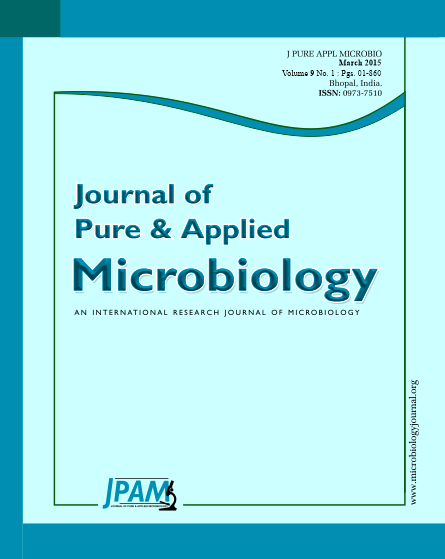Nanotechnology has been extensively used in food production, plant protection, processing, packaging transportation of agricultural products and quality control and environmental management. It has great potential to make agriculture more efficient by using nanosensors and nanoagricultural chemicals. Nanopore filters, nanoceramic devices, nanofilteration, nanofeeds, nanolamination, nanodelivery systems, could precisely deliver drugs or micronutrients at the right time and to the right part of the material. Research in nanobiotechnology is advancing toward the ability to sequence DNA in nanofabricated gel free systems, which would allow for significantly more rapid DNA sequencing of crop germplasm can potentially provide highly useful information about molecular markers associated with agronomically and economically important traits. Thus, nanobiotechnology can enhance the pace of progress in molecular marker assisted breeding for crop improvement. Use of certain engineered nanoscale materials in agriculture, food and environment may have risks for human consumption and environment. The lack of sufficient scientific knowledge about key risk-assessment factors, such as nanoparticle toxicity, bioaccumulation, exposure information, or ingestion risks, causes the most concern. With the current application and advancements soon to come, nanotechnology will have a great impact on the direction that agriculture will take.
Nanosensors, Nanoparticles, Nanobiotechnology, DNA sequencing
© The Author(s) 2015. Open Access. This article is distributed under the terms of the Creative Commons Attribution 4.0 International License which permits unrestricted use, sharing, distribution, and reproduction in any medium, provided you give appropriate credit to the original author(s) and the source, provide a link to the Creative Commons license, and indicate if changes were made.


